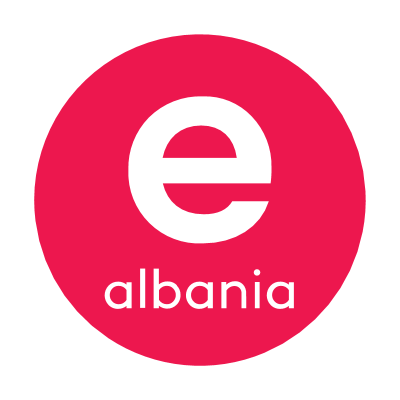The Albanian language.
A language of the Indo-European family; it forms a separate branch in this family and is not derived from any of its present-day languages. A good part of the lexicon and the basic elements of the grammatical structure of Albanian are inherited from an ancient period and find analogies and coincidences in other Indo-European languages. But during its historical evolution, Albanian has also acquired many innovations in its grammatical structure and lexicon.
In the great division of Indo-European languages into L languages (satem) and P languages (kentum), Albanian is part of the L languages group along with Indo-Iranian, Balto-Slavic and Armenian. The origin of the Albanian language is a difficult problem to definitively clarify, since the data on the ancient Balkan languages from which Albanian may have originated are extremely poor. There are two main theses for the origin of the Albanian language: the Illyrian thesis and the Thracian thesis. The most historically and linguistically well-argued is the thesis according to which the Albanians are descendants of the Illyrians and Albanian is the descendant of Illyrian.
This thesis is based on a series of historical and linguistic arguments, among which the most dominant are: 1) Albanian is spoken today in part of the lands where Illyrian was spoken in the ancient period. The lands today where the Albanian language is spoken, compared to its former lands, are the result of shrinkage for well-known historical reasons. 2) Those few linguistic elements that have been recognized as Illyrian, find an explanation through the Albanian language. 3) The forms of ancient toponyms, compared with the corresponding forms of today, prove that they have developed in accordance with the rules of the historical phonetics of the Albanian language. 4) The relations of Albanian with ancient Greek and Latin show that Albanian was formed as a language in an early period, in the neighborhood of these languages. 5) Archaeological data and other data of material and spiritual culture prove that there is cultural continuity from the Illyrians to the Albanians.
The continuous contacts of the Albanian people with other peoples have also left their mark on the language, especially in the lexicon. In the lexicon of Albanian there are borrowings from ancient and modern Greek, from Latin and then from Italian, from the Slavic languages of the Balkans, from Turkish, etc. However, the Albanian language has been able to maintain its originality as a separate language, has preserved and enriched its inherited fund with internal means, has preserved its grammatical system untouched by foreign influences.
The Albanian language is one of the most ancient languages of the Balkans, but for well-known historical reasons, it is attested in writing relatively recently. The first written documents in the Albanian language, known to this day, date back to the 15th century. Source data and other indirect data speak of the existence of an earlier written tradition. During the Middle Ages, the Albanian language was called Arbërishte. The current name Shqip, Shqipe is attested in writing for the first time in Gj. Buzuku’s “Meshari” (1555).
The Albanian language has two main dialects: the northern dialect (Gegërishte) and the southern dialect (Toskërishte). Since the first writings, we find the Albanian language written in two main literary variants built on the basis of both dialects. Some of the dialectal differences are quite early, others were created during the 17th–18th centuries, under the conditions of Ottoman rule. These differences were also reflected in the written language, which managed to become unified after a process of convergence of the literary norm that had begun during the Renaissance period and that deepened especially in the second half of the 20th century. The act that sanctioned the unification of the literary norm is the Resolution of the Congress of the Orthography of the Albanian Language.
Albanian is spoken today by more than seven million people in the Republic of Albania, in the Republic of Kosovo, in the western and northwestern part of the Republic of North Macedonia, in some municipalities in the south-eastern part of the Republic of Montenegro, in the municipalities of Preševo, Bujanovac and Medveđa (Republic of Serbia), in some areas of Greece, in ancient Albanian settlements in Italy, Greece, Ukraine, Bulgaria, etc., as well as in Albanian communities in various countries of the world.
The First Albanian Writings. The first dated document that we know to date, written in the Albanian language, is the Baptism Formula of 1462. Another document after it, Arnold von Harf’s Dictionary, dates from 1496. Both writings are in the northern dialect. The third document, known as the Gospel of Easter or the Gospel Pericope, is a fragment of the gospel, written in the southern dialect of Albanian with the Greek alphabet, on a sheet of paper found in a codex of the 14th century. This first evidence, written in the southern dialect, is held by some to be from this century, and by others to be from the end of the 15th century or the beginning of the 16th century.
The first Albanian book known to date is the “Meshari” by Gjon Buzuku, dated 1555. There is indirect evidence that shows that there was an earlier tradition of writing in Albanian. Among them, one can mention the statement of G. Adaes, dated 1332, who says that the Albanians had their own books; the testimony of Marin Barleti, who speaks of the annals in the vernacular, – “in vernacula lingua” (in his work “The Siege of Shkodra”, 1504).





